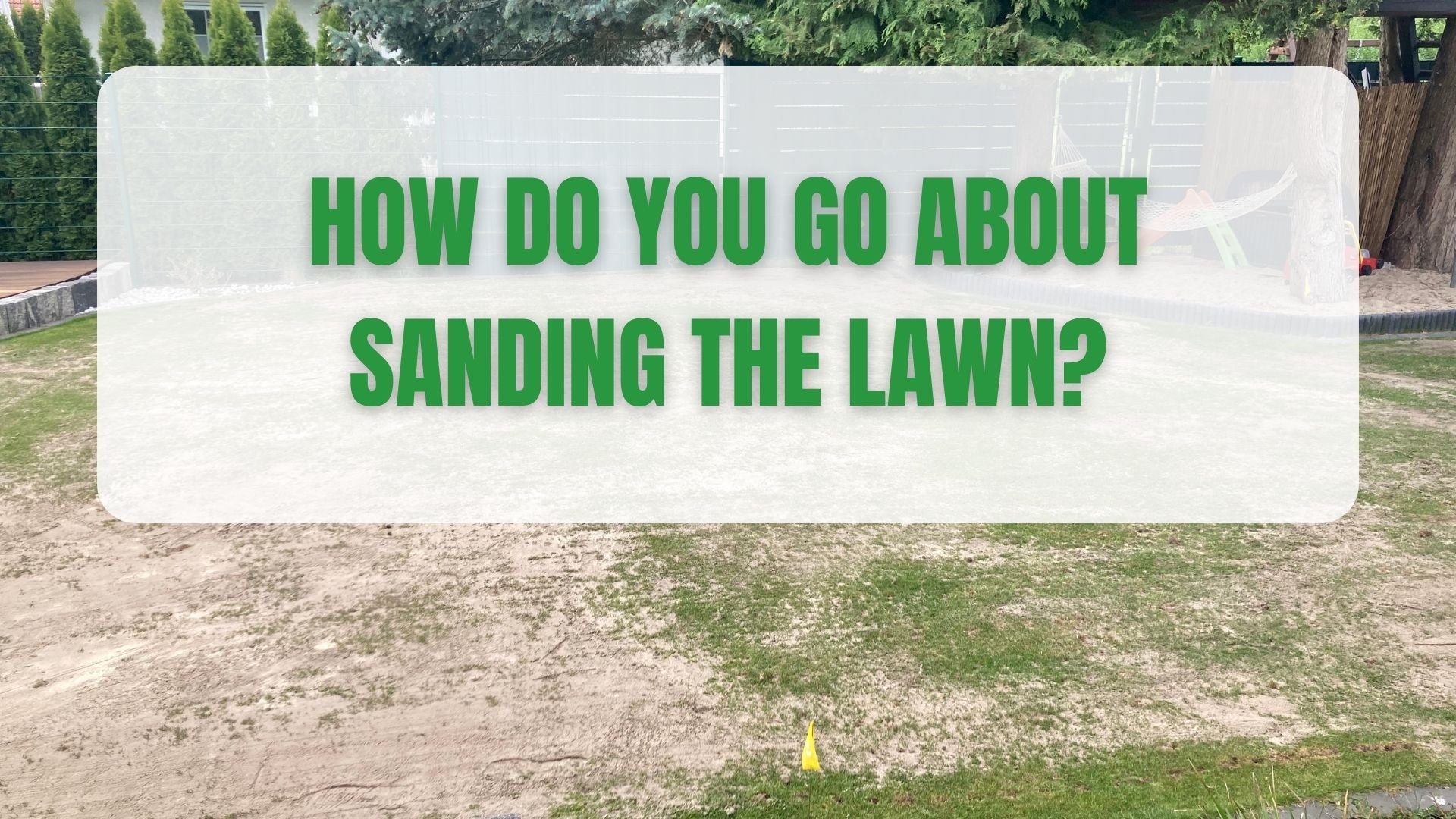Sanding and re-seeding the lawn. Why?
What has been contributing to the dense and lush green on football fields and golf courses for many years, has long been a must for professionals in the home gardening sector: sanding the lawn.
The more the lawn is used, the more the soil compacts itself. This happens automatically over the years, but can also when a new house is built. Because especially when the future garden is being driven over and over again by heavy vehicles, the new homeowner is shocked when sowing that area of the garden doesn’t result in what they wanted to achieve.
If you love and care for your lawn, you should treat your lawn to a sand cure twice a year when setting up a new lawn and also afterwards. The results after sanding the lawn are astounding.
- Compressed soil is loosened by sanding
- Heavy soils become more permeable
- No waterlogging, as the sand serves as drainage system
- Less problems with moss
- Air gets into the soil better
- Unevenness is leveled and a smooth surface is created
Ideally, you use a rounded-grain, washed and low-lime scale sand with a grain size of 2mm for sanding.

The amount always depends on your personal circumstances and what measures you have already taken beforehand. The rule of thumb is 5 liters of sand per m² of lawn. (You can find more information on which sand is the right choice in this video: https://rasenrakel.com/blogs/info-about-rasenrakel/tips-tricks-from-perfectgreen-for-sanding-a-lawn
How to do it best and what steps you should take beforehand, you can read in this article.




Leave a comment
This site is protected by hCaptcha and the hCaptcha Privacy Policy and Terms of Service apply.